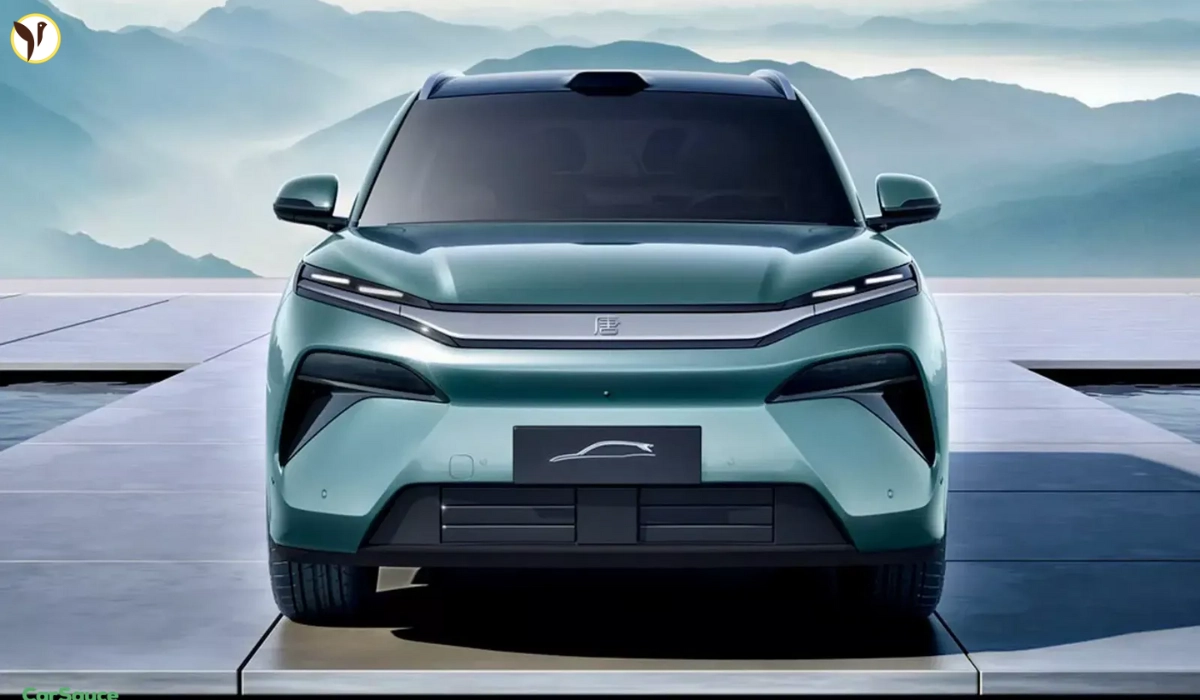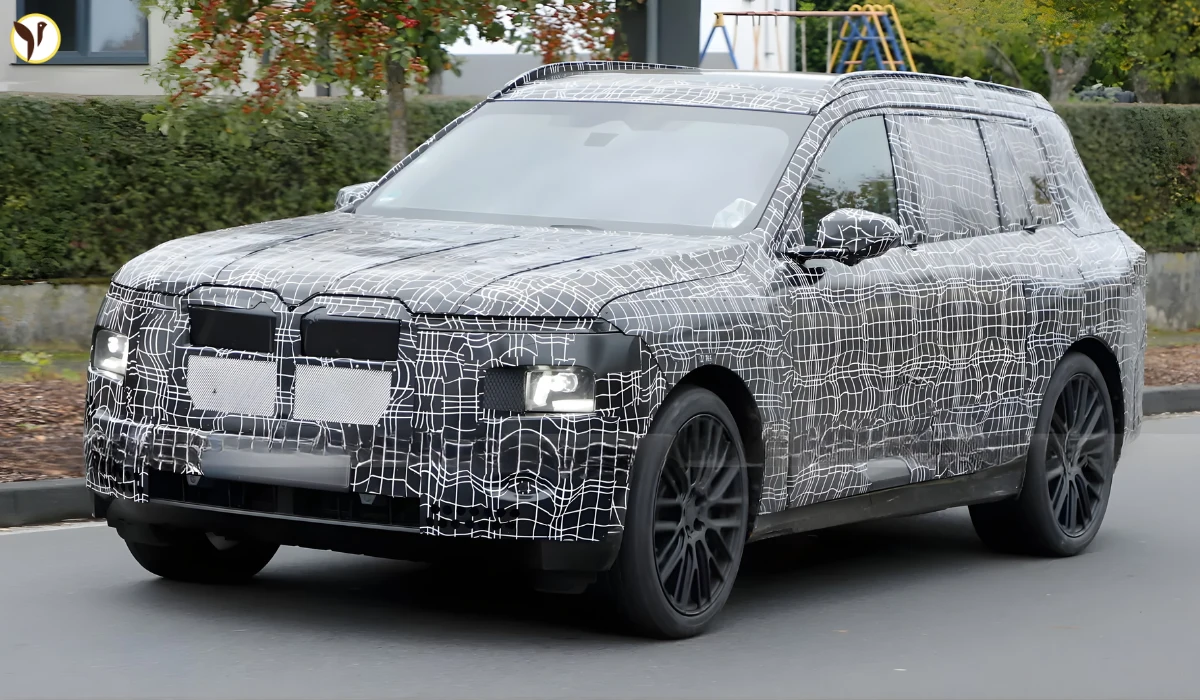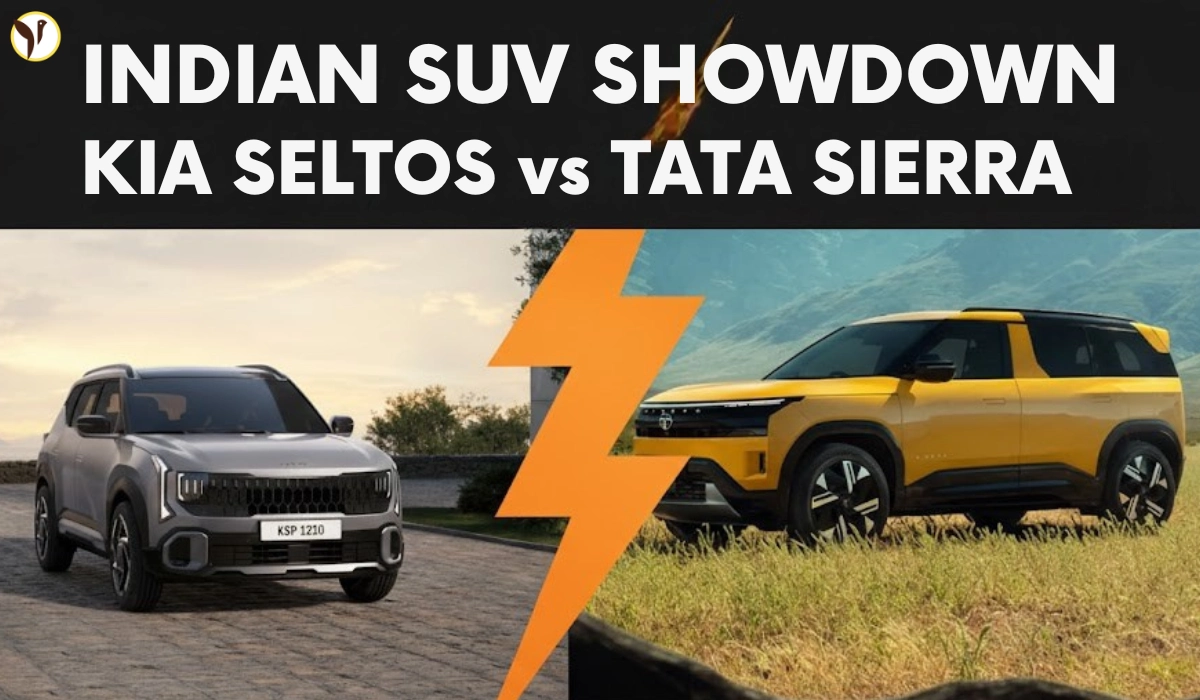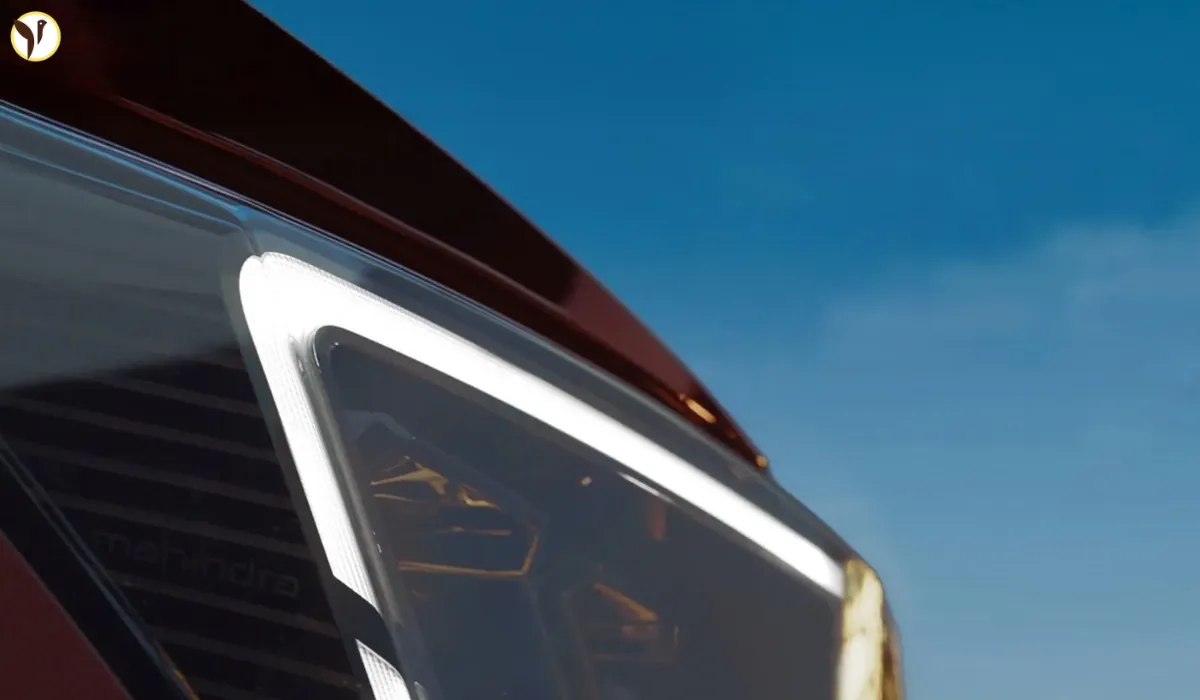When I first drove BYD's brand new seven-seat plug‑in hybrid (PHEV), I experienced that familiar knot of anxiety wash over me—the other kind, range anxiety. Then it hit me: that's not just any old PHEV. It has up to 93 miles (150 km) of electric only range and an overall driving radius of over 1,300 km, which means it is designed for real-world practicalities, not test cycles The BYD Sealion 8 (called Tang L in China) combines a modest backup ICE, a plump battery, and BYD's well-known DiPilot autonomous suite. It provides families who love road trips—and those who don't have reliable public charging—an opportunity to become hybrid electric vehicle families. What struck me the hardest, was that it brings the emotional comfort of EV living—no worries—and practical peace of mind about fuel. It's refreshingly user-centric.
A Family SUV That Actually Understands You
As you glide down the road in this seven-passenger SUV, you right way notice the details, the quiet of electric mode, the effortless shift to gasoline power, and the predictably high MPG of about 42 mpg combined. With an electric range of 150 km, you can get through your everyday errands without ever touching gas. But when the trip turns into “get-out-of-town” mode, the tiny gasoline engine gradually comes on, either charging the battery or providing direct power, so that you don't have to worry about running out of power while you are far from a charger
The cabin has a warm modern feel, there is lots of space to move around, and all connected tech was intuitive. The DiPilot 300 system has LIDAR, cameras, radar and ultrasonic sensors and all felt like you had an intelligent co- pilot on the drive. I could practically feel the type of anxiety that is normally associated with charging diminish as the SUV locked onto the highway, allowing me to trust the drive.

Why This SUV Could Shift the EV Conversation
That’s the emotional core: BYD's family orientation redefines what it means to drive a PHEV. Instead of juggling how to charge, when to charge, whether to plan routes based on any potential range breakdowns, you slide into the driver's seat knowing you have nearly 100 km of electric driving — and more than enough gas to get anywhere — with little fear or fuss. This experience is a game-changer for a household that is busy just getting through the day, let alone dealing with school runs, groceries and road trip stops.
In a time when fast-charging infrastructure is absent from too many global markets (in some parts of Australia, too), vehicles like this make a lot of sense. Despite its size, the SUV burns fuel voraciously, offers comfort, and provides an entire set of PHEV tools that feel real and modern. In other words, it doesn't just eliminate everyday range anxiety — it replaces that with quiet confidence. And with supply and demand realities, in today's world, that might be more important than electric range.
Fact Check & Final Thoughts
Electric range: 150 km (93 miles) via battery-only drive
Fuel efficiency: ~5.6 L/100 km (42 mpg) in combined route
Total range: More than 1,300 km with fuel and battery combined
Driver tech: DiPilot 300 suite with LIDAR, 12 cameras, 5 radars and 12 ultrasonic sensors
I was struck by this SUV’s obvious balance of utility, technology, and even emotional intelligence. It handles relevant questions— will my battery last?— while providing an effortless and satisfying experience. For parents or anyone with clearly defined daily routing with a weekend adventure, this BYD does not feel like a car, it is more like a trusted collaborator. If that is what is generally transformational, then maybe unconstructed use is wholly uncharacteristic!
ALSO READ: BYD Yangwang U9 Top Speed Hits 496.22 Km/h, Destroyed Bugatti - Watch Full Video
Source(Image / Thumbnail): carscoops











